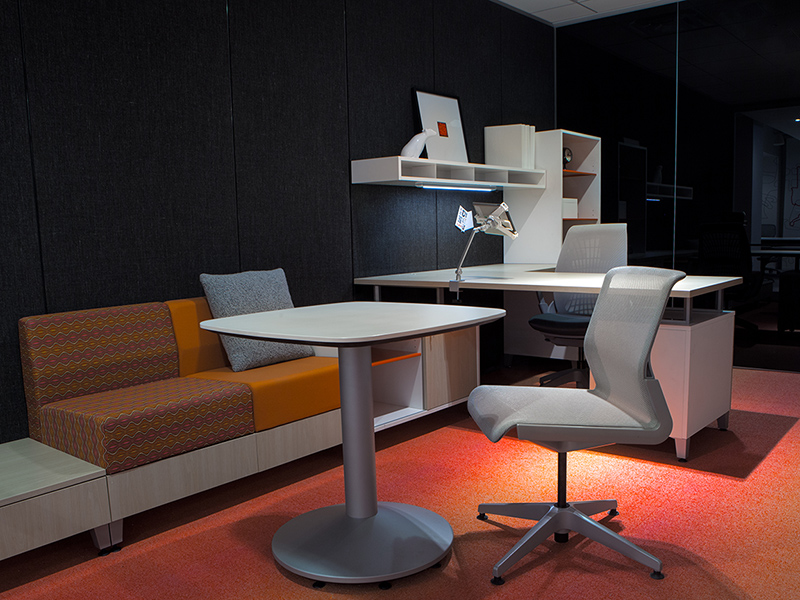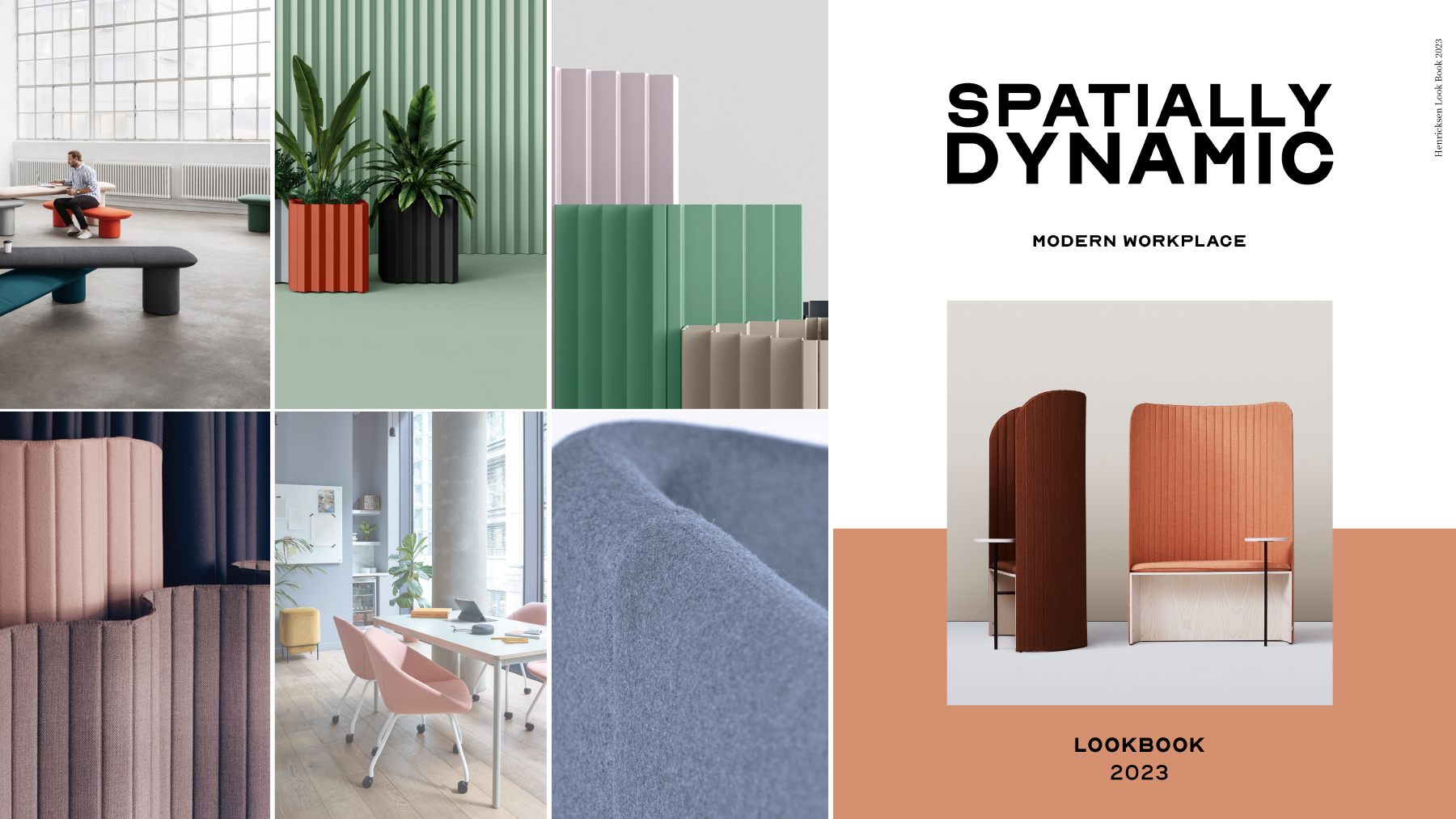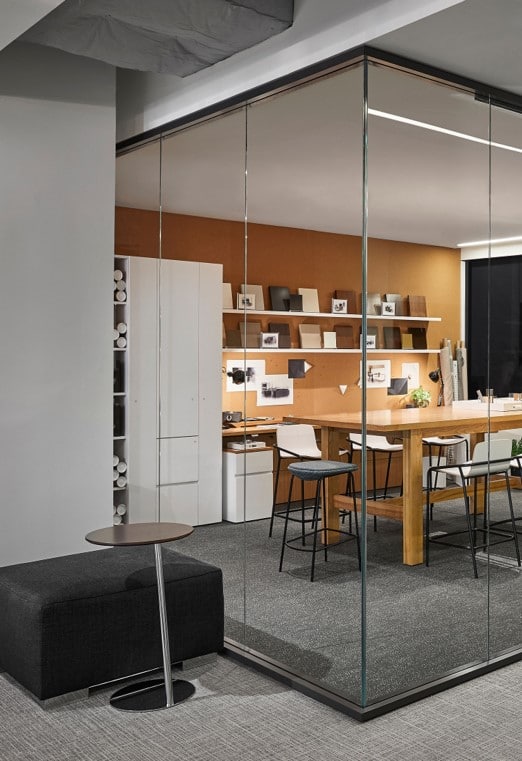Change, adapt, evolve – it’s the new mantra of office design and if it hasn’t hit your organization yet, it probably soon will.
That coveted corner office? You may as well stop aspiring unless you want to be the C.E.O. Oh, wait. You might as well stop aspiring to that corner office even if you are the C.E.O. Apparently, offices are something that many C.E.O.’s aren’t using in this brave new world where the only constant is change.
Is that a good thing? Many well known C.E.O.’s seem to think so. Here are a few examples:
Jack Dorsey, of Twitter and Square fame doesn’t have one. He doesn’t even have a desk. He says he really doesn’t believe in traditional offices. He prefers to walk around or sit with people to figure things out. He sees the workplace as a ‘common area workshop.’

Richard Branson, famous of course for the Virgin empire, has blogged about his disdain for offices and says that in this day and age, we just don’t need them any more. But then, he has never worked out of an office, so that gives him a slightly different perspective to the majority of C.E.O.’s.
Scott Heiferman, Meetup C.E.O. also doesn’t have an office or a desk, or apparently a chair. He just borrows temporarily empty seats of other employees.
Art Peck, Gap’s C.E.O. has an office, but it doesn’t have a desk. It has a conference table instead.
Alexander Sans-Armand, C.E.O. of the Gerson Lehman Group, not only doesn’t have an office or a desk, his employees don’t either.
According to CIO magazine, 25% of C.E.O.’s are considering working this way.
So what’s with this eclectic and unfettered approach to work?
It apparently stems from an originally Dutch concept ‘Activity-Based Working’ which spread across Europe and is becoming very popular in North America. The idea is that instead of being ‘chained to a desk’, people are free to roam across the work space, setting up temporary abode where, when and alongside whom they choose. Their choice is determined by the task being undertaken. The concept is that being in motion helps people be more productive, more creative and more inclined to collaborate.
Instead of a desk and a cubicle, employees are assigned a laptop and a locker.
Instead of personalizing their workspace to brighten things up, the organization provides them with a bright, spacious and visually pleasing workspace that requires no further embellishment. Instead of endless cubicles, there are open spaces with a variety of desk or benching configurations, informal lounges, a few semi private areas with booth like furniture and perhaps a meeting room cordoned off by clear moveable walls.
It’s the kind of change to which it takes many people a little time to adapt. For those who are energized by hustle and bustle it’s obviously a lot easier than for those who prefer their own quiet space. It’s the kind of change that has revolutionized, not just office design, but also office furniture design. Pretty soon that substantial oak desk that used to associated with power and influence will become a museum exhibit. These days it’s all about furniture that can be characterized by one word: ‘flexible’.
Furniture that changes:
It’s a desk… no it’s a bench… no it’s a conference table… Oh my,it just changed height!
Actually it’s a work surface that changes into what you need it to be, when you need it to do so. In some ways, modern office furniture is becoming a little like children’s lego where the configurations can be changed on a whim. Now, instead of an organization deciding on the placement of offices and cubicles, employees are creating and recreating their workscape as they wish.
Does this kind of work environment really work?
According to a case study from the Netherlands, there’s a strong indication that ABW is viable. https://www.slideshare.net/SuButcher/activity-based-working-case-study-and-workplace-trends-in-the-netherlands
Their findings show:
- an average of 66% of workspace is unoccupied during work hours
- peak occupation doesn’t go above 80%
- 85% of physical documents are never used again
- 15% of time is spent looking for documents
- 50% of employees complain that their work environment is uninspiring while 45% complain that there is a lack of work environment support
The logic:
We live in a digital world where physical space to house physical offices and physical documents is no longer necessary. Most documents can be stored digitally removing the need for as much physical storage.
Communication and collaboration can cut down the time necessary to find solutions.
Technology allows us to work together without necessarily being physically in the same location.
The conclusion:
As costs of real estate rise and as technology develops, our office designs are evolving to stay in sync. The number of organizations that adopt ABW will no doubt increase as this trend becomes more mainstream and this will also lead to more C.E.O.’s who forgo the traditional corner office perks in favor of a more open and flexible environment.
More reading:
https://www.virgin.com/entrepreneur/ceo-without-office
https://www.cio.com.au/article/465290/_frictionless_collaboration_activity-based_working/
https://www.businessinsider.com/meetup-scott-heiferman-no-desk-in-office-2013-6
https://www.businessinsider.com/gap-ceo-doesnt-have-desk-office-2014-11




